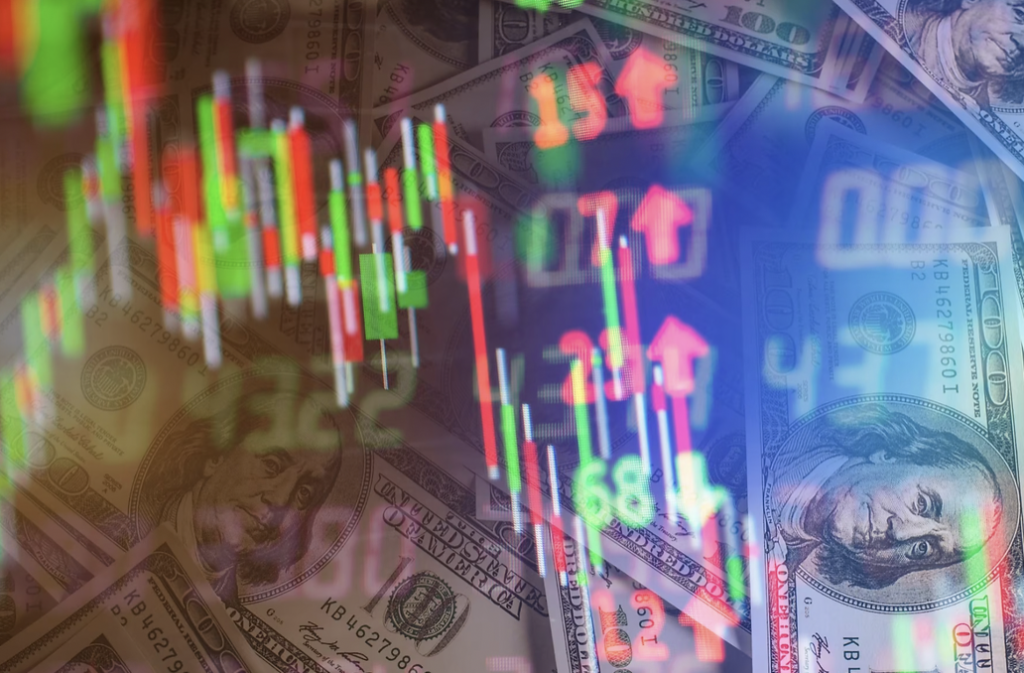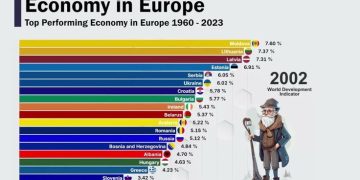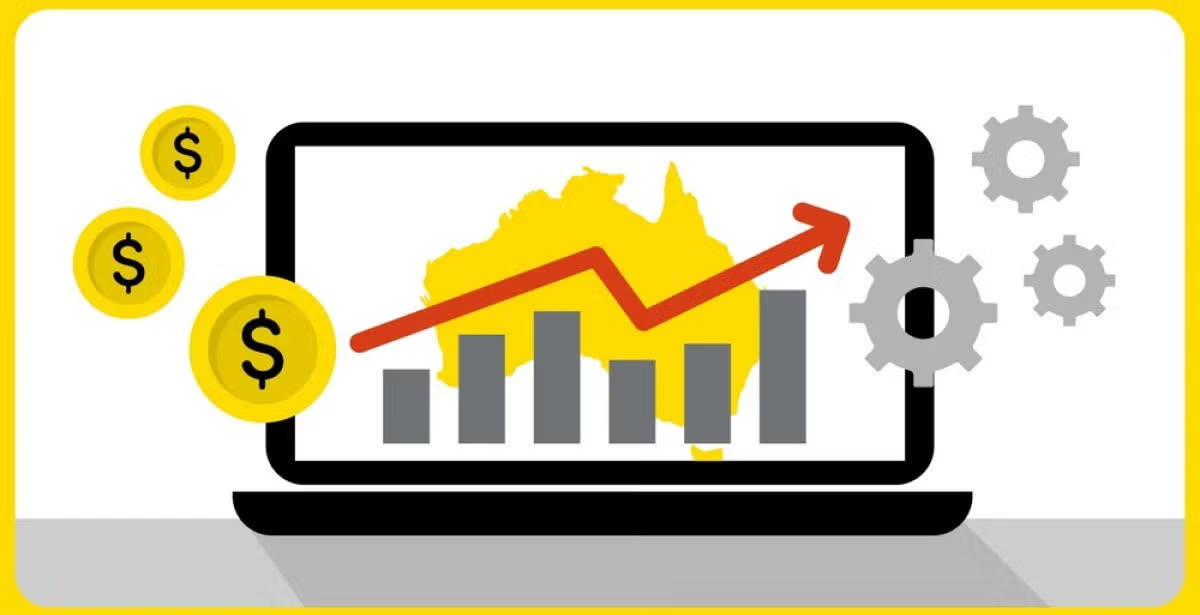Introduction
In the rapidly evolving global marketplace, mergers and acquisitions (M&A) have become powerful tools for companies seeking to expand their market reach, enhance operational efficiencies, and leverage new technologies. Cross-Atlantic M&A, where European and U.S. firms come together to form strategic partnerships, has significantly reshaped industries and markets in recent years. These high-profile deals not only influence the companies involved but also have broader implications for global market dynamics, regulatory policies, and investment strategies. This article will explore the recent trends in cross-continental mergers and acquisitions between Europe and the U.S., highlighting key drivers, sectors of activity, and the broader implications for investors.
1. Recent Major Mergers and Acquisitions Between European and U.S. Firms
The last few years have seen a surge in M&A activity across the Atlantic, particularly in sectors like technology, healthcare, finance, and energy. Both European and U.S. companies have sought to gain competitive advantages, access new markets, and accelerate growth through strategic acquisitions. Some of the most notable recent cross-Atlantic M&A deals include:
- Broadcom and VMware: In 2022, U.S. semiconductor giant Broadcom announced its acquisition of VMware, a leading cloud computing company, for $61 billion. This deal reflects the growing convergence between hardware and software, particularly in the cloud computing and virtualization sectors.
- Microsoft and Activision Blizzard: While this acquisition is based in the U.S., its global ramifications are substantial, impacting both European and American markets. Microsoft’s $68.7 billion acquisition of the video game company Activision Blizzard, a deal poised to redefine the gaming and cloud computing sectors, has attracted significant regulatory attention from both U.S. and European authorities.
- AbbVie and Allergan: U.S.-based pharmaceutical company AbbVie acquired Irish firm Allergan in a $63 billion deal, creating one of the largest global biopharmaceutical companies. This merger highlights the ongoing trend in healthcare M&A as companies seek to diversify their portfolios and strengthen their position in the global market.
- Siemens and Alstom: Although not a recent deal, the failed attempt by Siemens (Germany) and Alstom (France) to merge in 2019 is an example of the strong interest in cross-Atlantic consolidation in the industrial and manufacturing sectors. This deal, which was blocked by the European Commission over antitrust concerns, demonstrated the ongoing strategic importance of M&A for European industrial firms seeking to compete with American giants.
These deals illustrate a broader pattern of strategic consolidation between U.S. and European firms across diverse industries, as both regions increasingly look to leverage complementary strengths to thrive in an increasingly competitive global market.

2. The Drivers Behind Cross-Continental Corporate Consolidation
The surge in cross-Atlantic M&A activity can be attributed to several key drivers that are shaping corporate strategies in both Europe and the U.S. These include:
- Market Expansion: Companies from both regions are looking to expand their presence in global markets. By acquiring businesses in the other region, firms can quickly gain access to new customer bases, distribution networks, and regulatory environments. For instance, a U.S. tech company acquiring a European counterpart may gain a foothold in the EU’s lucrative digital market, while a European firm expanding into the U.S. can tap into the world’s largest consumer market.
- Technological Innovation and Digital Transformation: The rapid pace of technological advancements, particularly in industries like fintech, artificial intelligence, cloud computing, and biotechnology, has encouraged companies to merge or acquire others to stay ahead of competitors. Cross-Atlantic M&A allows companies to combine complementary technologies and research capabilities. This is evident in deals like Broadcom’s acquisition of VMware, which reflects the convergence of hardware and cloud-based software services.
- Regulatory Advantages: In some cases, M&A transactions allow firms to take advantage of favorable regulatory environments. For example, U.S. companies may be attracted to European markets that offer more relaxed antitrust regulations or less stringent labor laws, while European firms may see opportunities in U.S. markets with more investor-friendly policies or lower corporate tax rates.
- Diversification and Risk Mitigation: Companies are increasingly looking to reduce their exposure to specific markets or sectors. Cross-Atlantic mergers offer a way to diversify operations geographically or in terms of product offerings. In sectors like pharmaceuticals, mergers help companies to access new drug pipelines, expand their product range, and spread risk across different regulatory landscapes.
- Cost Efficiency and Economies of Scale: Cross-continental consolidation can lead to significant cost savings through economies of scale. By merging with or acquiring a firm in a different region, companies can reduce redundancies, optimize supply chains, and cut operational costs. This has been a key driver of M&A in sectors like manufacturing, energy, and transportation.
3. Key Sectors Seeing the Most Activity in M&A Deals
Certain sectors have seen more cross-Atlantic M&A activity than others. These include:
- Technology and Digital Services: The technology sector continues to lead cross-Atlantic M&A, driven by the global demand for innovation in areas like artificial intelligence, cloud computing, cybersecurity, and digital transformation. U.S. tech giants like Microsoft, Google, and Apple have consistently made moves to acquire European firms with strong digital capabilities, while European companies have sought to gain access to the U.S. market’s enormous consumer base.
- Healthcare and Pharmaceuticals: Healthcare remains a key sector for cross-Atlantic M&A, as companies aim to expand their product offerings, enhance R&D capabilities, and gain access to new markets. The AbbVie-Allergan deal is an example of this trend, as both firms sought to diversify their portfolios and strengthen their position in key therapeutic areas, such as immunology and oncology.
- Energy and Renewables: The ongoing energy transition has spurred cross-continental M&A deals in the energy sector. U.S. firms have shown strong interest in European renewable energy assets, particularly in wind and solar energy. Similarly, European companies have expanded their presence in the U.S. energy market, particularly in natural gas and renewable energy.
- Financial Services and Fintech: The rise of fintech has made the financial services sector a hotbed for cross-Atlantic M&A. U.S. firms have sought to acquire innovative European fintech companies, while European banks and insurance firms are expanding into the U.S. to tap into a growing consumer market for digital financial services.
4. Implications for Global Market Dynamics and Investor Strategies
The increasing frequency of cross-Atlantic M&A deals is reshaping global market dynamics in several ways:
- Increased Global Competition: As companies from both regions consolidate and combine their strengths, they become larger and more competitive players on the global stage. This increased competition could lead to industry-wide changes, including pricing shifts, improved efficiency, and new product offerings.
- Market Volatility: M&A activity can often lead to market volatility, as investors respond to changes in corporate structures, stock valuations, and potential synergies. This can present both risks and opportunities for investors, who must stay informed about the evolving competitive landscape.
- Investment Opportunities: For investors, cross-Atlantic M&A presents opportunities in terms of diversification, sector rotation, and access to global growth. Investors can capitalize on trends in sectors like technology, healthcare, and energy by focusing on firms involved in significant M&A transactions.
- Regulatory Challenges: Cross-Atlantic mergers also bring regulatory challenges, as antitrust authorities in both Europe and the U.S. review the potential competitive impact of large deals. Investors must pay attention to regulatory approval processes, as delays or rejections can significantly affect the value of stocks involved in the merger.
Conclusion
The rise of cross-Atlantic M&A activity is reshaping the global economic landscape, offering companies strategic advantages in terms of market expansion, technological innovation, and operational efficiency. The trends in sectors like technology, healthcare, and energy reflect the growing importance of cross-continental consolidation in today’s global economy. For investors, these M&A deals provide opportunities to diversify portfolios, but they also require careful attention to market dynamics and regulatory developments. As companies continue to seek growth through mergers and acquisitions, the impact of these cross-Atlantic deals will be felt across industries and financial markets for years to come.




































